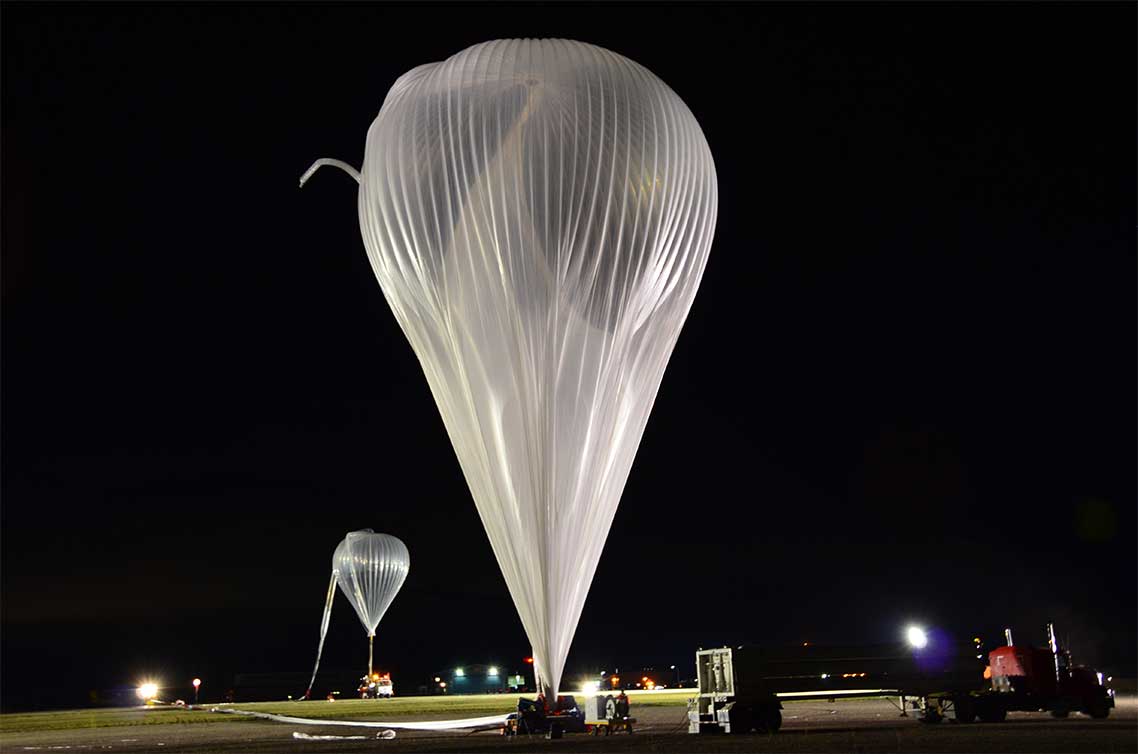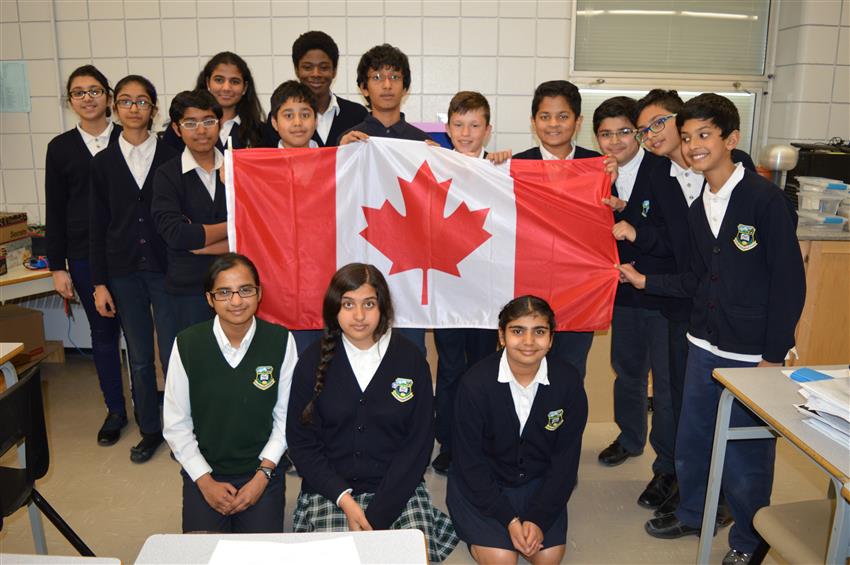From the classroom to the stratosphere: A first in Canada
For the first time, the Canadian Space Agency (CSA) is giving access to a stratospheric balloon flight to a high school through its Stratos Program. A group of engineers from the CSA is actively working with students from Sir Wilfrid Laurier School in Calgary, providing regular support and advice on how to prepare their experiment for their upcoming flight. This flight is set to take place in from Kiruna, Sweden.
Their experiment, the Lightning Probe, will be a small science package capable of reading different physical characteristics at a high altitude, for example temperature, humidity, magnetic field strength and direction.
CSA engineers, along with Jamie Parkinson, a teacher at Sir Wilfrid Laurier School, started the project in . Students were recruited to be part of the Laurier Space Program, a project with the objective of bringing students from different backgrounds together to form a multidisciplinary team and develop various experiments. Some were recruited as engineers while others take on the role of communications specialists, logistics technicians, department managers, and so on.
"In addition to benefitting from getting real data from their experiments, students will gain valuable engineering, manufacturing, project management and logistics skills. They will also gain experience in managing teams and develop human resource skills that will help them in their future careers," says Jamie Parkinson.
Students are getting hands-on experience. They are involved in designing, testing and validating their own experiments, including the electronics and the structure. They have also partnered up with teachers and students at Westgate School in the United Kingdom, who will use a laser cutter to fabricate parts of the Lightning Probe. These parts will then be shipped to Calgary for assembly, before the fully built probe is flown to Sweden for launch. This process accurately mimics the way that aerospace companies use distributed manufacturing to assemble large aircraft.
What will be flying in September?
The Lightning Probe also includes two science fair projects from the same group. These projects have the objective of measuring the effect of altitude on the viability of plant seeds and collecting a sample of the gases present at high altitudes. The intention is to analyze the data collected back in the classroom.
Follow the students' progress at Laurier Space Program or on Twitter at @laurierspace.

